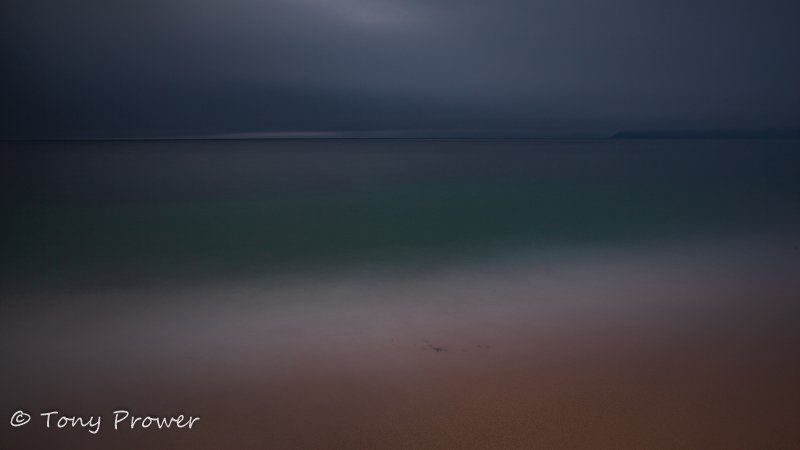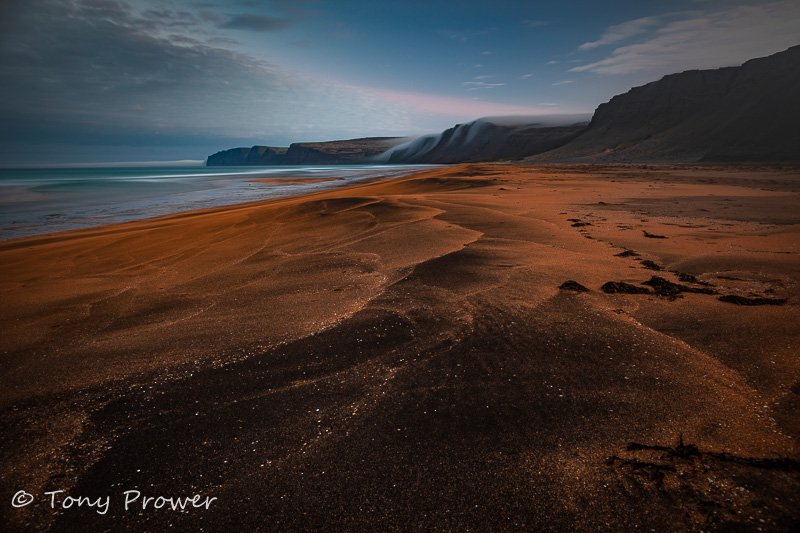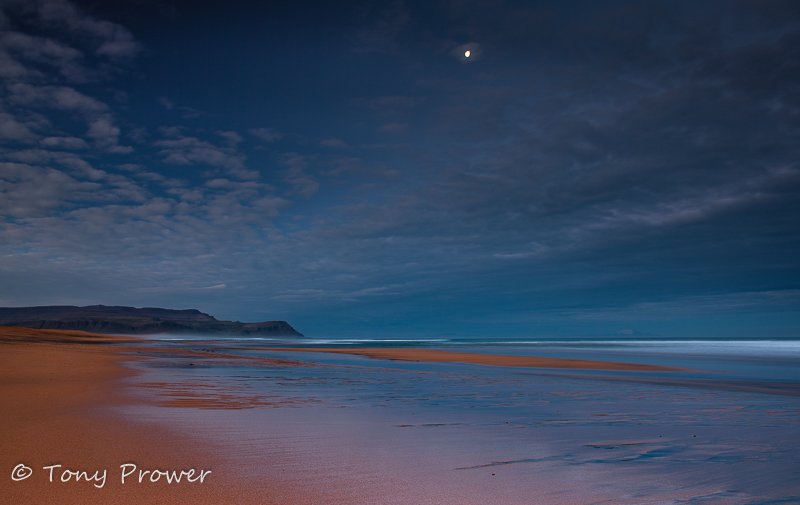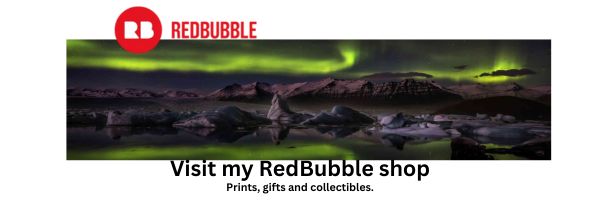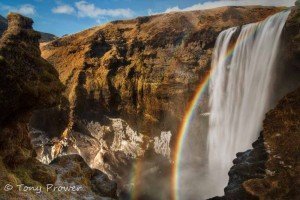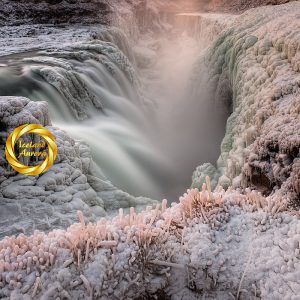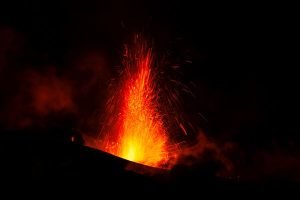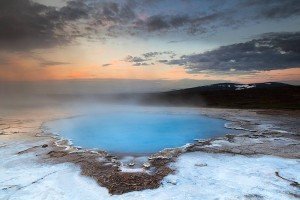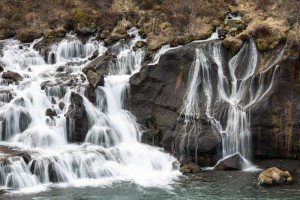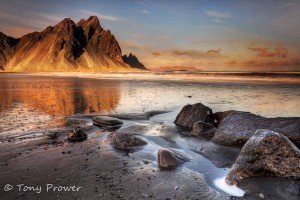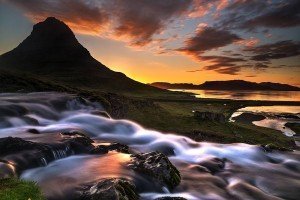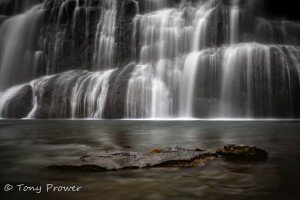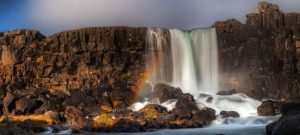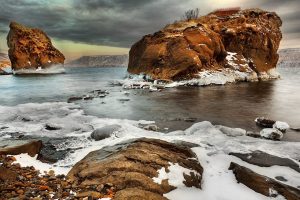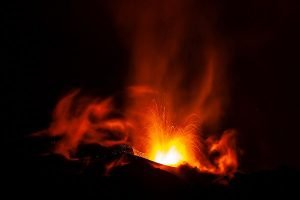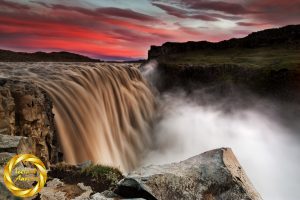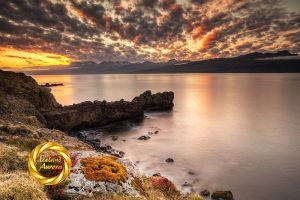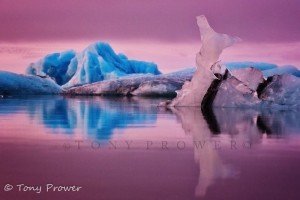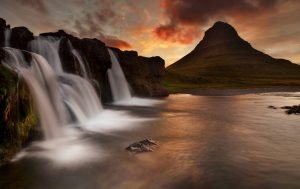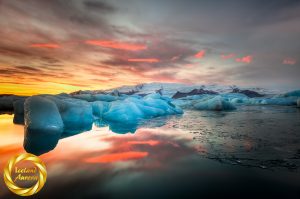Rauðisandur beach is on the South side of Iceland’s Westfjords Info Link and is south facing. Rauðisandur is also spelled Rauðasandur and features “Red Sand”. The redish-coloured sand is significant and celebrated by the Icelanders because the black sand is very common and can be found on the majority of Iceland’s beaches. Like many Icelandic place names, Rauðisandur could be named after an early Viking settler called Ármóður the Red (Ármóður rauði Þorbjarnarson).
Vestfirðir Strandir
West coast beaches
On a clear day, you can see across Breiðafjörður to the mountains of Snaefellsnes Peninsular. It is not far from Patreksfjörður and it is just a few minutes driving from Latrabjarg puffin cliffs. People come for the colour of the sand because everywhere else in Iceland has black-sand beaches.
Driving down to Rauðisandur beach can be horrible for passengers without a fearless sense of death. There is a very steep, winding road from the mountain pass down to the beach, and it is quite narrow. From the bottom of this road, there is about a 10-minute drive to the car park. This is past the black church. Then there is about a 20-minute walk to the beach.
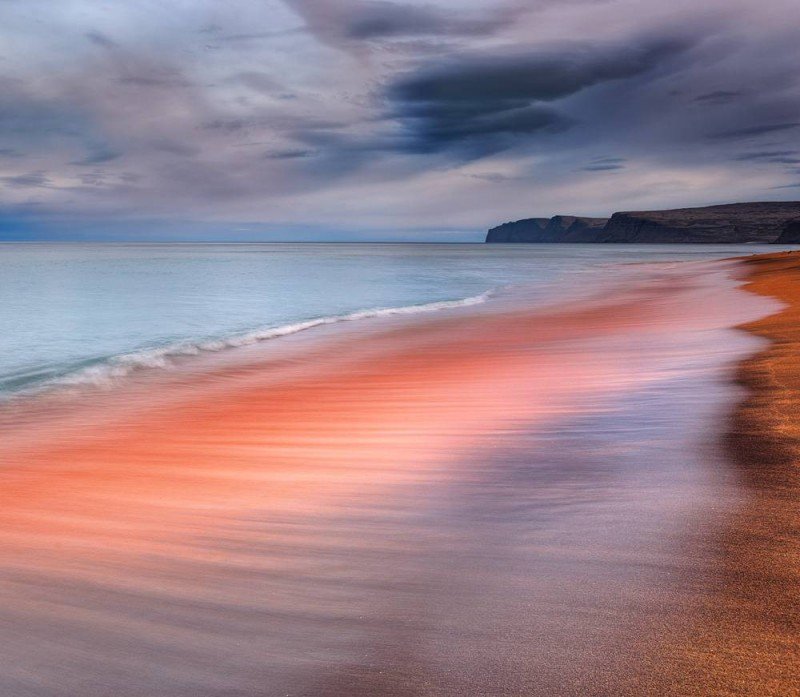
Thinking of a self drive?
Legend of the red head and the wizard
In 1243 there lived a red haired lady beneath the mountains near where the Rauðisandur church stands today. She used to feed fish to a cat that belonged to the local wizard. Legend has it that the cat and the lady were so close that they were able to shape-shift, so that the cat could become the woman and make a Skonsatunfisk (an Icelandic tuna pizza). Like-wise, the red-haired woman could become a cat and chase the mice along the red sands of Rauðisandur beach. And this is what gave the sand its red colour.
The red-pink colour is actually because the sand is crushed scallop shells. The Westfjords is one of the oldest parts of Iceland and hasn’t had any volcanic activity in recent times. You might see black sand here in layers, according to the times and chaos of the waves. This could be from Snæfellsjökull Volcano whose last eruption was over 2000 years ago.
Photo Tips
The beach is around 7 miles in length, and all my photos here were taken roughly from the middle. You can improve on them by walking to either end and maybe getting some elevation and foreground in the mountains or rocks. I like to shoot towards the west because the mountains are a bit more interesting in the distance. Either direction can look good with low clouds, moonlight, or some evening colours in the sky. This is a place you would typically visit in the summer because I wouldn’t want to attempt the mountain track in icy conditions, and I have lots of experience both with this road and icy conditions. It’s just not worth it for a fairly plain, albeit colourful beach. In mid-summer, the mid-night sun is going on in the north and can’t be seen from Rauðisandur beach.
